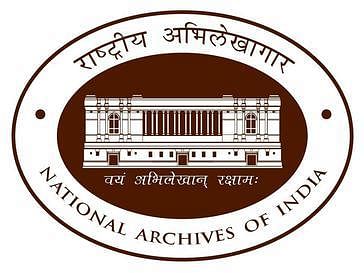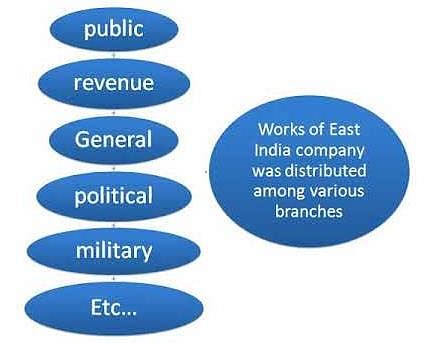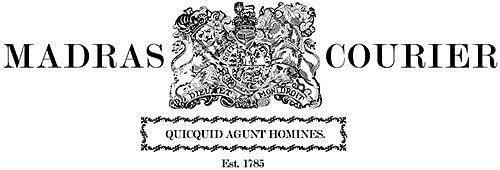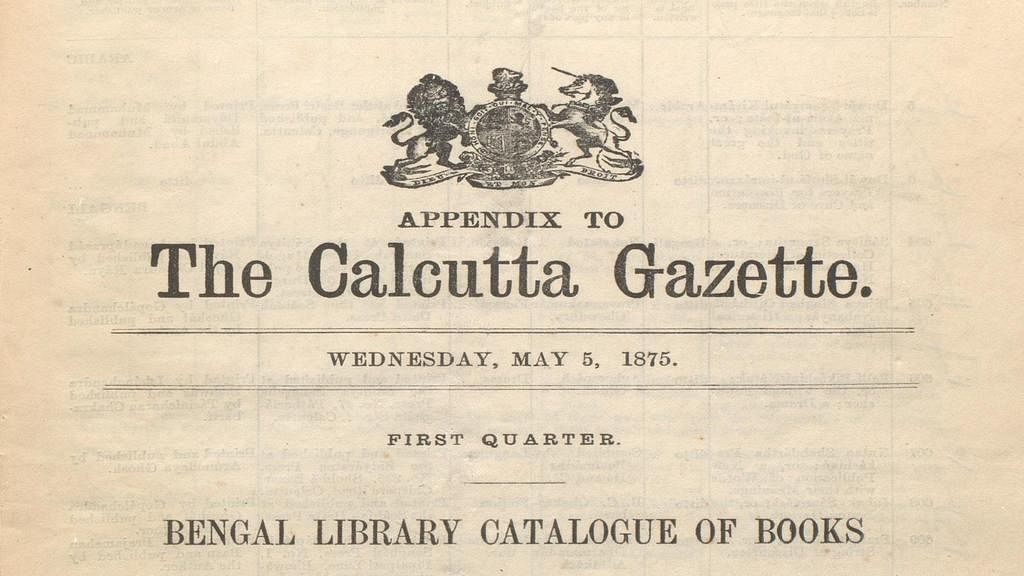Spectrum Summary: Sources for the History of Modern India | History for UPSC CSE PDF Download
Introduction
The records of the East India Company provide a detailed account of trading conditions during the period 1600-1857. When the British crown took over the administration, it also kept a large variety and volume of official records.
- These records help historians to trace every important development stage-by-stage and follow the processes of decision-making and the psychology of the policy-makers.
- The records of the other European East India companies (the Portuguese, Dutch and French) are also useful for constructing the history of the 17th and 18th centuries.
Archival Materials
1. Central Government Archives
The National Archives of India, located in New Delhi, contains most of the archives of the Government of India. These provide authentic and reliable source materials on varied aspects of modern Indian history.
- The records with the National Archives come under various groups, representing different branches of the secretariat at different stages of its development. This happened as the work of the East India Company was distributed among various branches—public or general, revenue, political, military, secret, commercial, judicial, education, etc.—and a separate set of records was kept for each of these branches or departments.

- With the appointment of James Rennell as the first Surveyor-General of Bengal in 1767, the Survey of India began to scientifically map the unknown regions of the country and its bordering lands.
2. Archives of the State Governments
The source material in the state archives comprises the records of:
(i) The former British Indian provinces.
(ii) The erstwhile princely states which were incorporated in the Indian Union after 1947
(iii) The foreign administrations other than those of the British.
3. Archives of Three Presidencies
- The early records of Fort Williams (Bengal Presidency) were lost during the sack of Calcutta in 1756, but the archives of the Bengal Presidency after the British victory at Plassey have survived more or less in a complete series, which are partly available in the National Archives of India and partly in the State Archives of West Bengal.
- The records of the Madras Presidency begin from AD 1670 and include records of the Governor and Council of Fort St. George.
4. Archives of Other European Powers
- The archives related to the Portuguese preserved in Goa, mainly belonging to the period from 1700 to 1900, are valuable for the history of Portuguese possessions in India.
- The Dutch records of Cochin and Malabar are in the Madras Records Office and those of Chinsura in the state archives of West Bengal.
- The French archives of Chandernagore and Pondicherry (now Puducherry) were taken to Paris by the French authorities before they relinquished these settlements.
- The remaining Danish records, mainly relating to Tranquebar (1777-1845), are now housed in the Madras Record Office.
5. Judicial Records
- Housed in the Madras Record Office, the archives of the Mayor’s Court at Fort St. George, beginning from AD 1689, are the earliest available judicial archives.
- The pre-Plassey records of the Mayor's Court at Fort Williams have been lost, but those for the years 1757-73 are kept in the record room of the Calcutta High Court, along with the archives of the Supreme Court of Bengal 1774-1861.
6. Published Archives
- The most significant archival publications are the Parliamentary Papers which include many excerpts from the records of the East India Company and the Government of India under the Crown.
7. Private Archives
- Private archives comprise papers and documents of individuals and families of note, who played a significant role in the development of modern India.
8. Foreign Repositories
- In England, the India Office Records, London and the records kept in the British Museum are very valuable.
The India Office Records possesses various important documents:
The minutes of the Courts of Directors and the General Court of the East India Company and various committees constituted from time to time, the minutes and correspondence of the Board of Control or the Board of Commissioners for the Affairs of India, and the records of the Secretary of State and the India Council. - The British Museum possesses collections of papers of British viceroys, secretaries of states and other high ranked civil and military officials who were posted in India. The archives of the missionary societies, for instance, of the Church Missionary Society of London, provide insight into the educational and social development in pre-independent India.
9. Biographies, Memoirs and Travel Accounts
- Many travellers, traders, missionaries and civil servants who came to India, have left accounts of their experiences and their impressions of various parts of India. An important group among these writers was that of the missionaries who wrote to encourage their respective societies to send more missionaries to India for the purpose of evangelising its inhabitants.
- In this genre, Bishop Heber’s Journal and Abbe Dubois's Hindu Manners and Customs, provide useful information on the socio-economic life of India during the period of decline of the Indian powers and the rise of the British.
10. Newspapers and Journals
- Newspapers and journals of the nineteenth and twentieth centuries, published in English as well as in the different vernacular languages, form an important and authentic source of information for the construction of the history of modern India. The first attempts to publish newspapers in India were made by the disgruntled employees of the English East India Company who sought to expose the malpractices of private trade.

- In 1780, James Augustus Hickey published the first newspaper in India entitled The Bengal Gazette or Calcutta General Advertiser. Hickey's press was seized within two years, owing to his outspoken criticism of government officials. Afterwards, many publications appeared such as The Calcutta Gazette (1784), The Madras Courier (1788) and The Bombay Herald (1789).

- From the second half of the 19th century, some of their publications were: The Hindu and Swadesamitran under the editorship of G. Subramaniya Iyer, Kesari and Mahratta under Bal Gangadhar Tilak, Bengalee under Surendranath Banerjea.
11. Oral Evidence
- Oral history refers to the construction of history with the help of non-written sources, for instance, personal reminiscence.
12. Creative Literature
- The most significant outcome of the Indo-European contact was the novel which emerged in the latter half of the 19th century. The first important writer of that period was the famous Bengali novelist, Bankim Chandra Chatterji (1838 - 94). His novels are mostly historical, the best known among them being Anand Math (1882), especially for its powerful lyric Vande Mataram and depiction of the Sanyasi Revolt (1770s).
- G.V. Krishna Rao's Kilubommalu (The Puppets, 1956) in Telugu was concerned with the moral aspects and behavior of the rural people.
- Vaikom Muhammad Basheer (19-10-1994) was one of the eminent writers in Malayalam whose famous novel Balyakala Sakhi (The Childhood Friends, 1944) was a tragic tale of love.
13. Painting
- Some information on the socio-economic, political and cultural life during the colonial period can be obtained from the paintings of that period.
- The Company Paintings, also referred as ‘Patna Kalam' emerged under the patronage of the East India Company. They picturise the people and scenes as they existed at the time. Trades, festivals, dances and the attire of people were visible in these works.
- Another painting of this period, In Memoriam by Joseph Noel Paton, recorded in painting two years of the revolt of 1857. One can see English women and children huddled in a circle, looking helpless and innocent, seemingly waiting for the inevitable—dishonour, violence and death.
|
112 videos|505 docs|173 tests
|
FAQs on Spectrum Summary: Sources for the History of Modern India - History for UPSC CSE
| 1. What are archival materials and why are they important for the study of modern Indian history? |  |
| 2. What types of sources are included in the "Sources for the History of Modern India"? |  |
| 3. How can I access archival materials related to modern Indian history? |  |
| 4. What role do oral histories play in understanding modern India? |  |
| 5. How do archival materials contribute to historical research methodologies? |  |


























